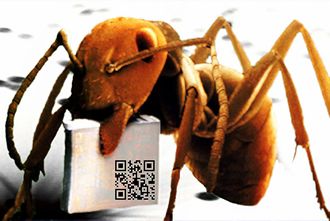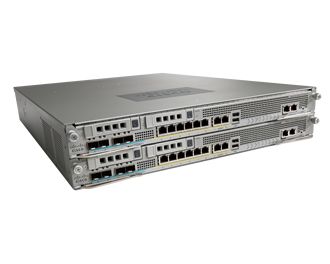 Cisco Systems executives have been promising their channel partners that its Cisco ONE Software Suite will be stickier than a hive of bees who stuck super glue on their feet and went skating on the honey combs.
Cisco Systems executives have been promising their channel partners that its Cisco ONE Software Suite will be stickier than a hive of bees who stuck super glue on their feet and went skating on the honey combs.
Cisco ONE (Open Networking Environment) is a software licensing program that provides flexibility for customers to acquire the latest software for infrastructure. Yes, apparently, you can be sticky and flexible at the same time; we looked it up.
The networking supremo appears to be removing the la carte method with separately priced products it has also removed the concept of a software license being tied to hardware.
Under the new system, Cisco ONE covers data centre, WAN and network access software as a subscription. Later this year Cisco ONE will offer perpetual licenses and hearing aids for those who were damaged by Cisco shouting ONE at them all the time.
John Brigden, senior vice president of software strategy and operations for Cisco, said all this means that Cisco is now in the business of flogging “business outcomes” instead of products.
Cisco ONE provides flexibility and drive greater deal sizes as well as more margin incentives through the Value Incentive Program (VIP), OIP, and TIP, he said.
For the channel it prevents multiple sales cycles because it is software tied to maintenance and support with SmartNet brings in a more predictable revenue stream.
“This is very sticky for partners.”














